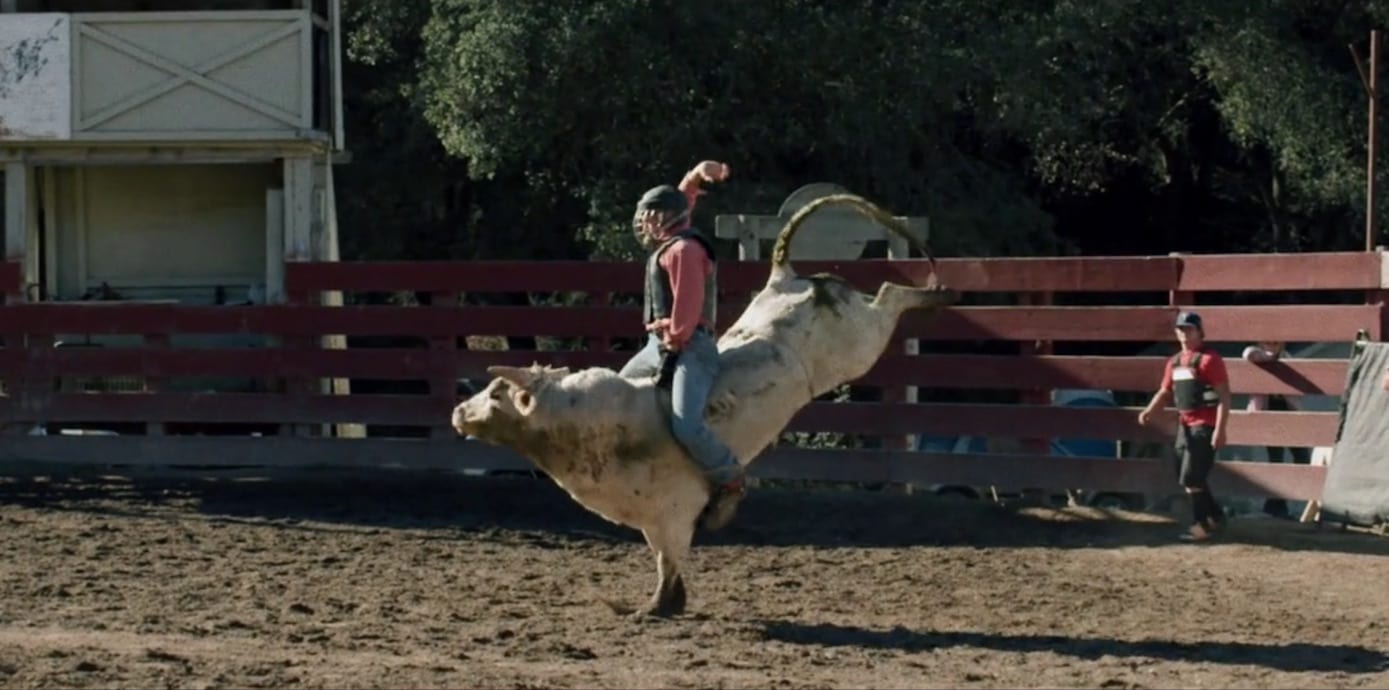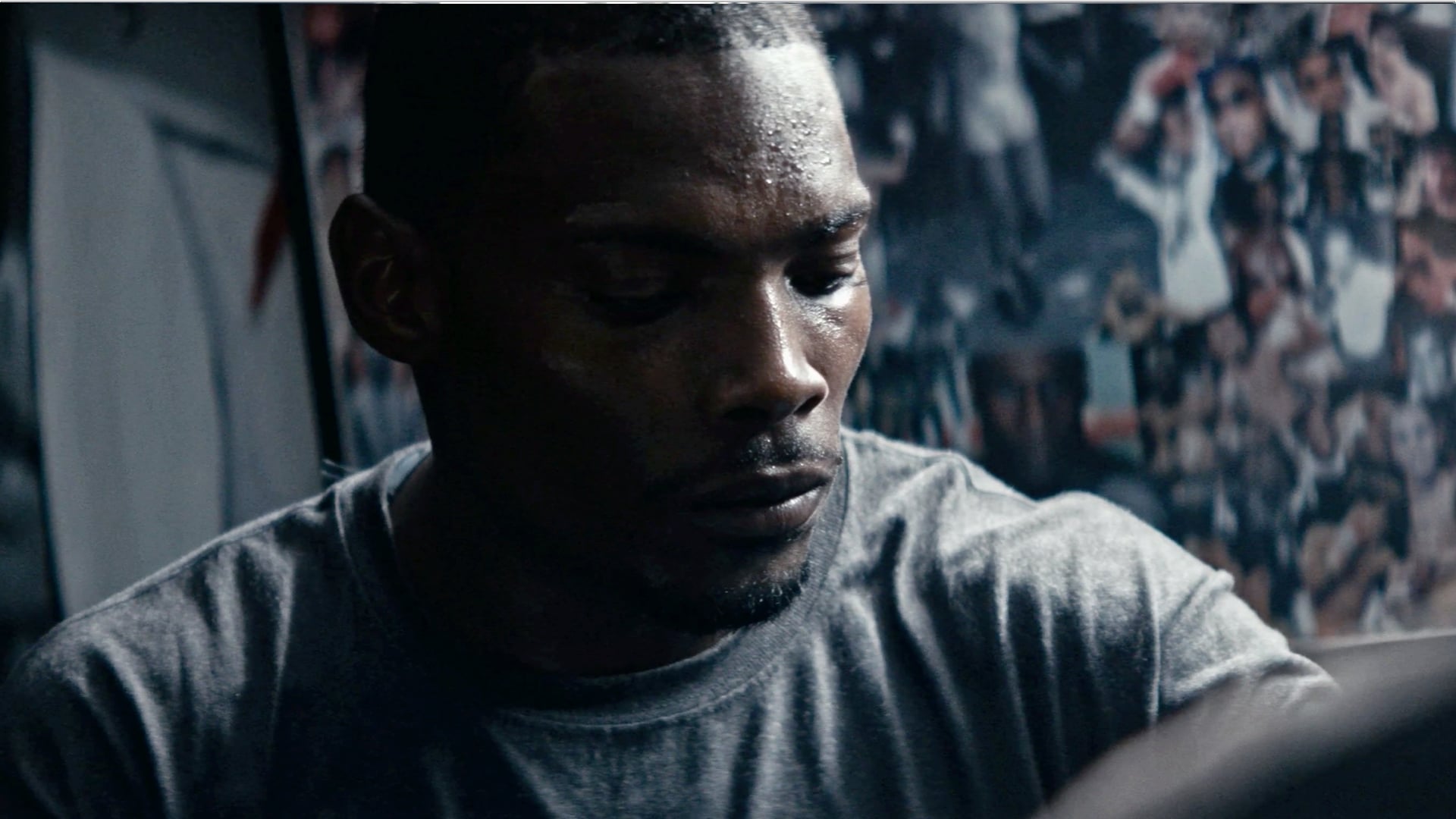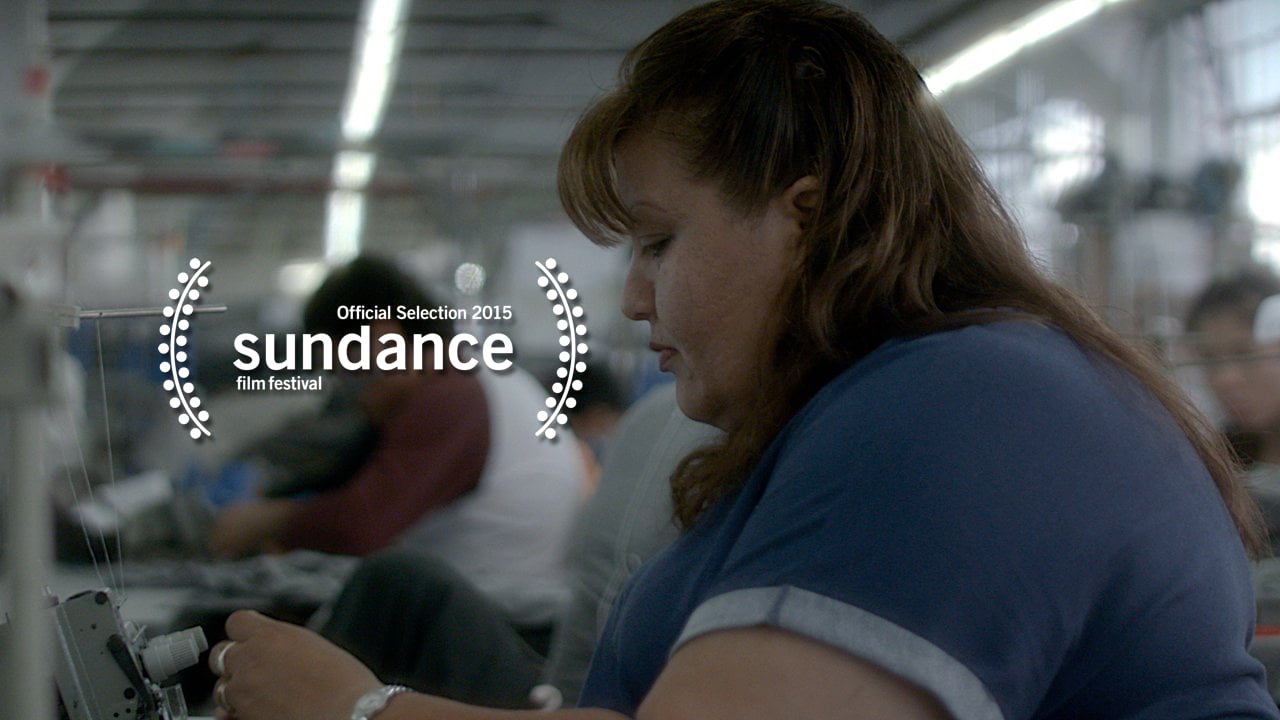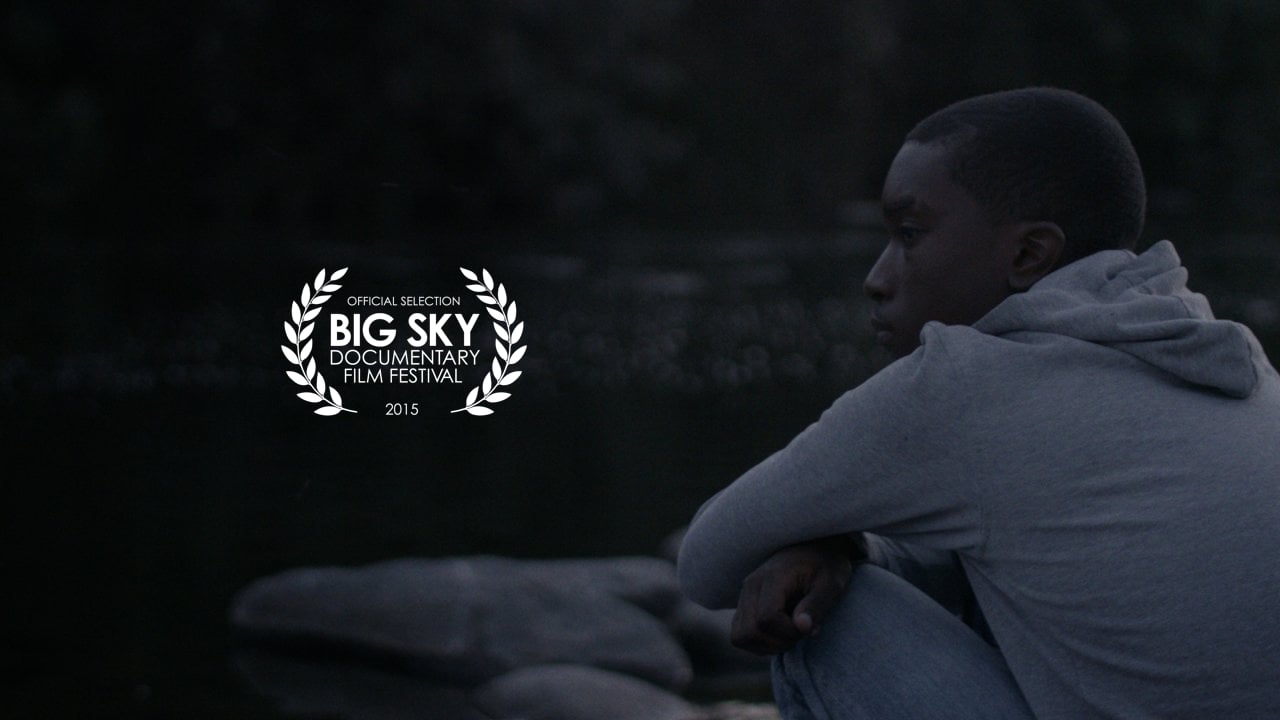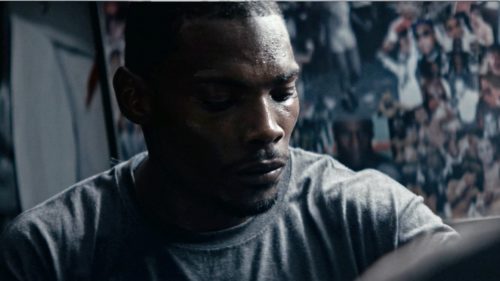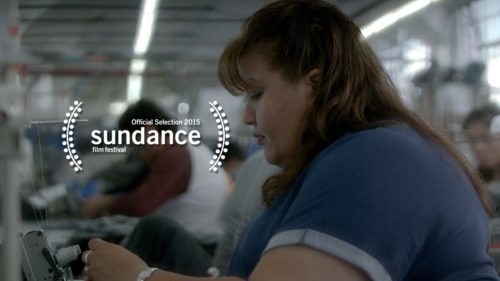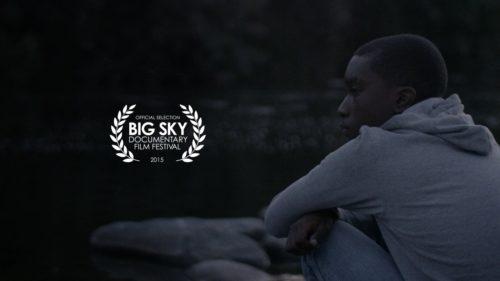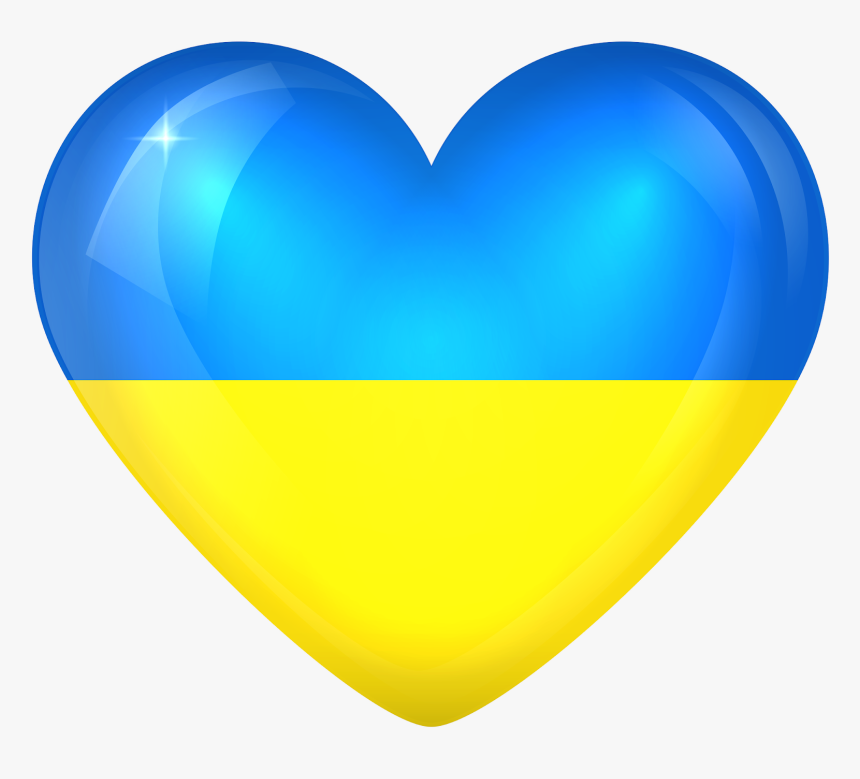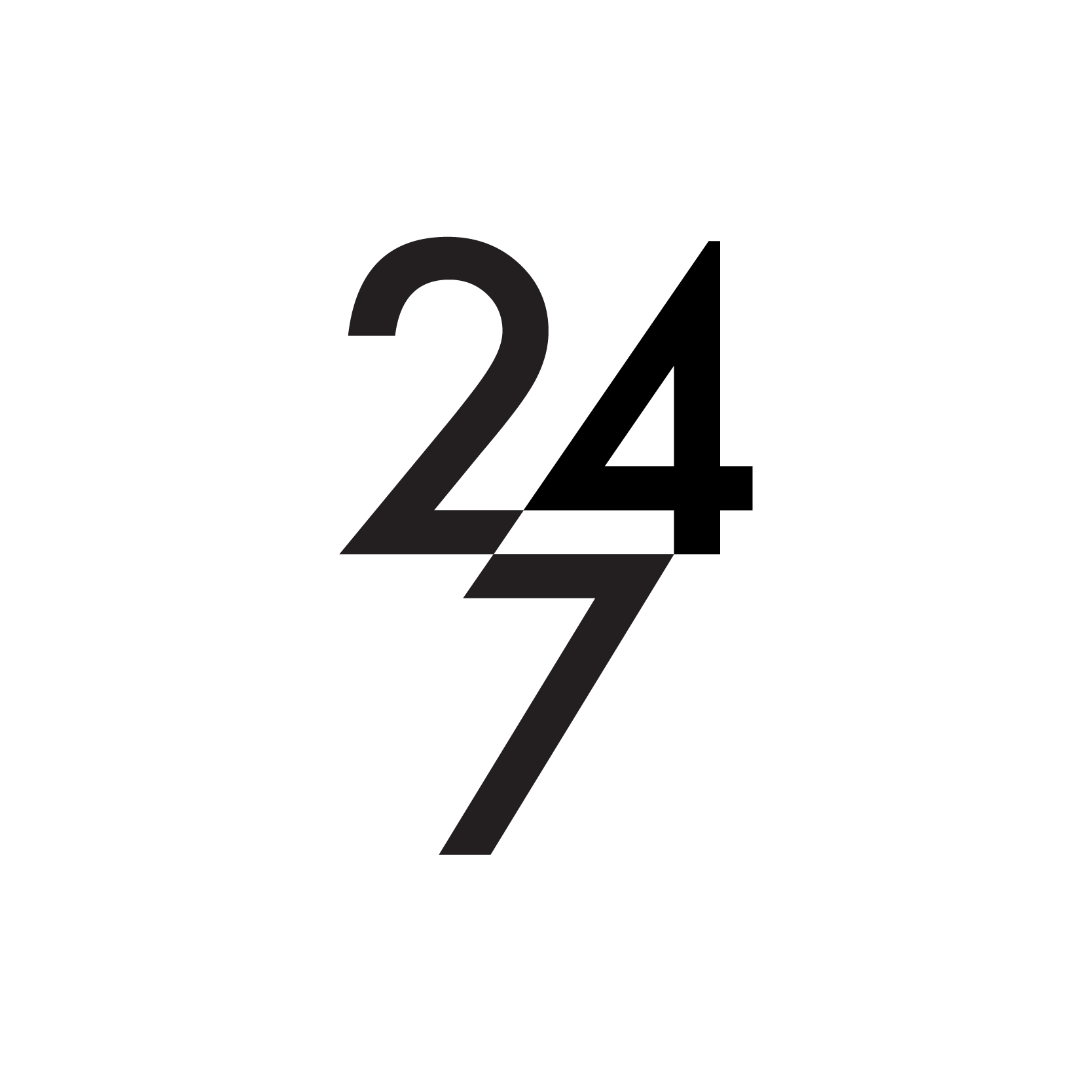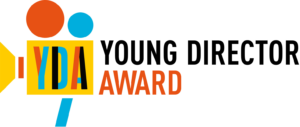What attracted you to documenting the lives of people – people who usually fly under the radar?
I didn’t come to LA to get into making films, much less documentary films, though it would be hard to imagine myself directing if I hadn’t ended up here. A genuine curiosity about people is second nature to me, and I think that’s where I think it begins. I am also constantly challenging myself to develop my ability to tell stories through film.
How do you find your subjects and how well do you get to know them before you start shooting?
Subjects come to me via different avenues. Sometimes it’s a Hey Joris—you should really meet this person and it turns out to be a really good lead. But most of the time it begins with my interest in a particular social/economical issue, and starts to come together only after delving deeply into research to find personal stories that reflect them.
How much time I spend with a subject before shooting really depends on the situation. Lately in my research I find myself giving in to a natural curiosity for a person’s backstory, without knowing where it will lead. That requires a big time investment, and a willingness to be vulnerable with people in return. It’s all very personal. But it makes me feel connected, and I kind of hope that notion carries into my films.
Please describe your filmmaking process.
This is a hard one because it’s never the same. Things come together differently every time, and are totally dependent on the project, subject, and teams involved.
Were there any major challenges making The Bull Rider – or any of your other films?
I think limitations in budget can be seen as a challenge for sure. This film was made with two friends, cinematographer Nate Hurtsellers and steadicam operator Jarrett Morgan.
With such a small crew the vibe is relaxed, which I think makes the process more enjoyable for everybody involved. Perhaps the biggest challenge with this shoot was that we got a flat tyre on our way to a local Chinese restaurant for Thanksgiving dinner. By the time we finally got towed and all, our only option was a McDonalds inside a Wal-Mart.
Are you closely involved in the editing process – love the close up details with the wider shots and the pacing?
To me, the dialogue, and pacing of the dialogue, are both very important in bringing that story forward. When permitted, I cut my films myself. That’s not to say I don’t love to collaborate as well, and get different perspectives. I do a lot of personal projects and put a lot of time into them, so there aren’t many others that are quite as involved, or know the story like I do.
What camera and kit do you favour?
Sure, I have ideals. But honestly if I required an ideal camera and kit to get out there, I’d miss out on some great scenes. It’s better to just go out and get the best camera and lens available for the situation, and whatever else we are going to need to create the shot.
Did you go to film school or have you learned on the job?
Filmmaking is something I learned on the job, working as a PA for a Dutch daily current event show. I bought a DSLR camera and watched some Vimeo School videos learning about shutter speed and F stops. Then I got out there, and I haven’t been holding back since. I’m equally proud and horrified that some of my very early stuff is still out there and easy to find online.
Are you observing American life with a European eye or are you American?
I don’t know if it’s European exactly, but I think I was raised in a way that taught me appreciation, empathy, and respect for people—perhaps especially those who are different from me. This is definitely important perspective for someone who makes character driven documentary films. It can also make it seem more like I am in the position of the observer. Still, there’s no doubt that American life is influencing me heavily, and that also makes me see culture in my home country (The Netherlands) differently.
LINKS
